Bike Tow Rope inSPORTline Bengee SALE
19,30 €
22,50 €
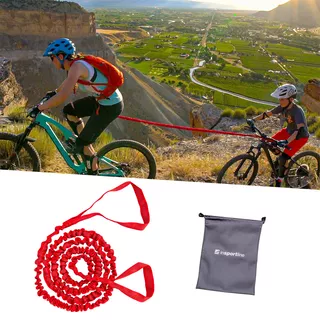
Compared products
2-year warranty
19,30 €
22,50 €

103,10 €
121,10 €
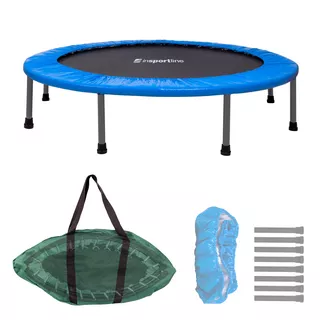
Kid's bike GALAXY Myoyo 20" 2013 is a modern bike with a lightweight 10.5" aluminum frame and 20" wheels. Frame of the bike is designed so that the child can easily and safely get on. To increase the safety is the bike provided with a set of reflectors, bell and effective brakes. Thanks to an excellent quality / price ratio is the kid's bike GALAXY Myoyo 20" 2013 a popular model of bicycle.
Our tips - might interest you:
Technical description:
Our tips:
| Number of speeds | 6 |
|---|---|
| Frame material | Aluminium |
| Frame | Aluminium |
| Wheel size | 20 |
| Brakes | V-brake |
| Suspension fork | no |
| Fork | Hi-Ten |
| Rear Brake | Nexelo V-brake |
| Front Brake | Nexelo V-brake |
| Components set | Basic components set |
| Rear hub | Al |
| Front Hub | Al |
| Rear tire | Kenda K-898 |
| Front Tire | Kenda K-898 |
| Gear shifting | Shimano Revoshift RS36-6 |
| Rear Derailleur | Shimano FT-35 |
| Cassette | Shimano MF TZ20 |
| Chain | Nexelo |
| Front Rim | Al, CNC |
| Rear rim | Al, CNC |
| Brake levers | Nexelo Al |
| Pedals | FP plast anti-slip |
| Crankset | Prowheel 1 |
| Bottom bracket | Fe |
| Head Tube | A-Head |
| Saddle | Galaxy |
| Seat post | Zoom Al |
| Year | 2015 |
195,60 €
215,60 €
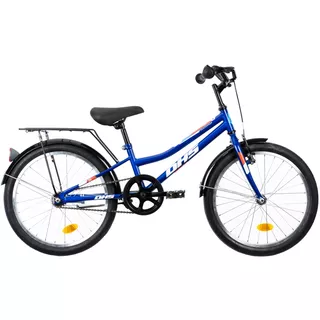
183,60 €
In Stock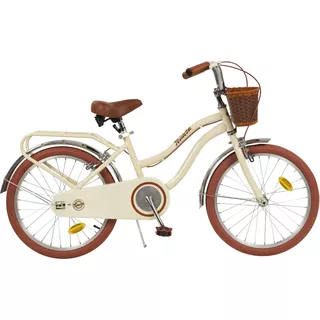
159,60 €
183,60 €
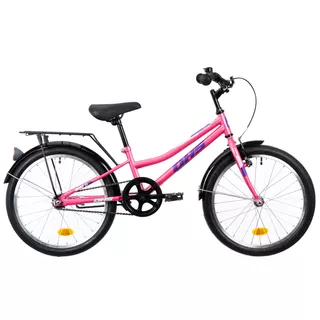
371,60 €
519,60 €
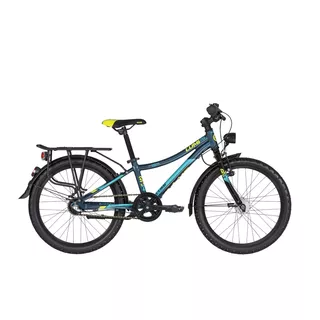
We are sorry, but this product is no longer available.